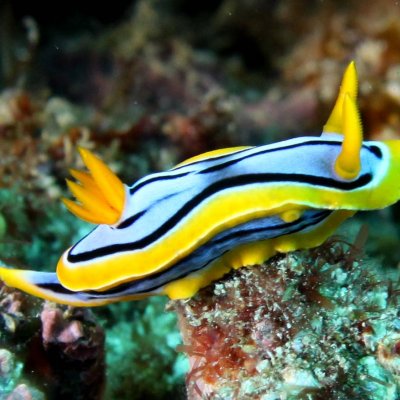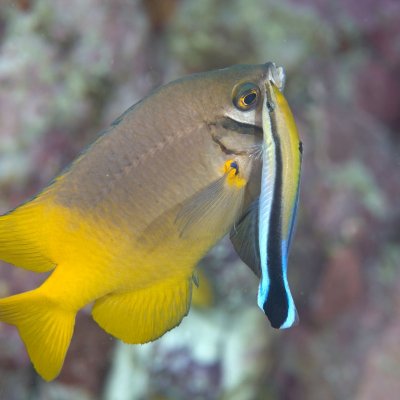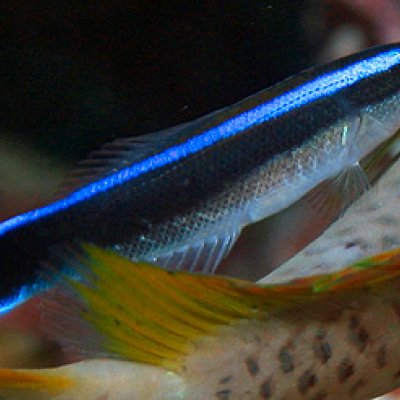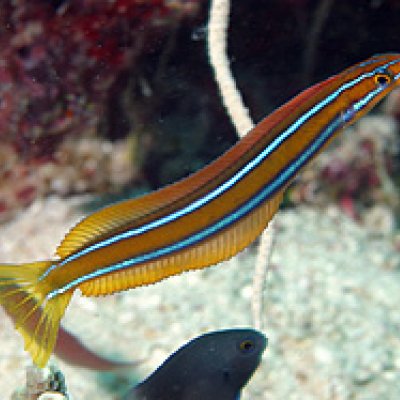Researchers from The University of Queensland have received more than $110,000 to help safeguard some of Queensland’s most vulnerable species under the Queensland Government’s Threatened Species Program.
20 March 2024University of Queensland scientists have developed an ultraviolet ‘television’ display designed to help researchers better understand how animals see the world.
22 February 2021Humans are a step closer to seeing what the world looks like through the eyes of animals, thanks to technology developed by researchers from The University of Queensland and the University of Exeter.
4 December 2019Developing honeybee-friendly bio-insecticides from spider venom, responding to climate change using methane-utilising microorganisms, and measuring how animals with colour vision systems more complex than humans perceive colour are some of the...
17 October 2019Trained fish at The University of Queensland are helping researchers understand animal vision and factors behind the huge variation in colours between and among species.
29 January 2019University of Queensland-led research found sea slugs that mimic the colours of other slugs to scare off predators do not have the same chemical defences as the species they are copying.
7 June 2018Predator animals have long been known to avoid devouring brightly coloured and patterned prey, and now an international study has revealed more about how they recognise toxic species.
23 August 2017Humans might have more in common with fish than previously thought, a new University of Queensland visual illusion study indicates.
17 October 2016Brightly coloured sea slugs are slurping deadly chemicals and stockpiling the most toxic compounds for use on their enemies.
20 January 2016University of Queensland researchers have discovered the presence of the bluestreak cleaner wrasse increases the number of juvenile fish on reefs.
19 August 2015UQ research has found being a copycat works out pretty well for a certain reef fish.
23 February 2010Even parasite-eating fish recognise the benefits of good advertising, UQ research has found.
9 July 2009Scientists from The University of Queensland have revealed a coral reef fish has been successfully living incognito by using its colour-changing ability.
26 February 2009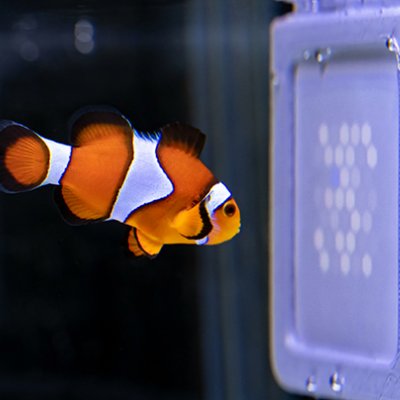
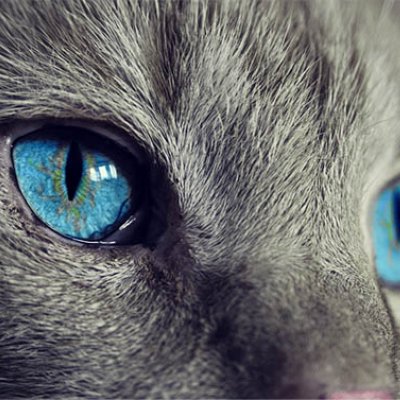
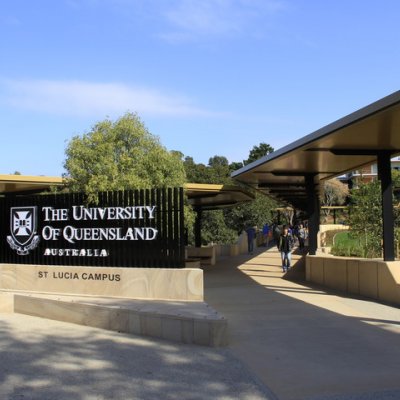
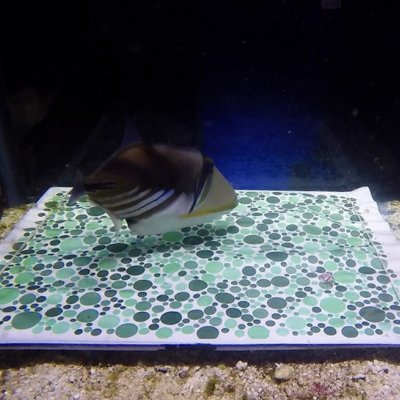
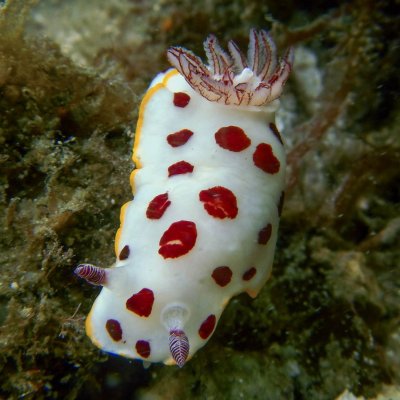
 Anne Winters.jpg?itok=yw5452Gv)
